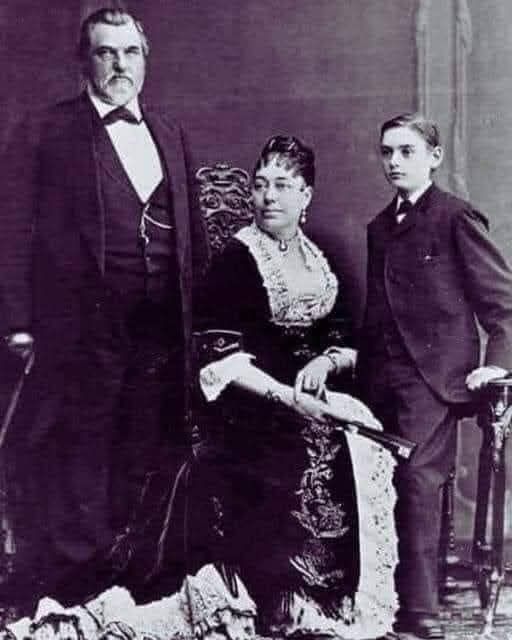One quiet morning in the late 1800s, a plainly dressed couple stepped off a train in Boston and made their way through Harvard’s ivy-covered campus. They didn’t arrive with fanfare or titles—just a sincere purpose and heavy hearts. The woman wore a simple cotton dress, and her husband a modest suit. Without an appointment, they humbly asked to speak with the university’s rector. The secretary, unimpressed by their rural appearance, let them wait for hours before finally—perhaps out of irritation—passing the request along.
Reluctantly, the rector agreed to see them for a few minutes, expecting little more than idle chatter. When the couple entered, he sized them up immediately: just another pair of country folk out of place among Harvard’s refined halls. But then, the woman spoke with calm clarity. She explained they had lost their beloved son, who had studied at Harvard for a year and had cherished his time there. In his memory, they wanted to make a donation—perhaps even fund a building. The rector almost laughed. “A building?” he asked, masking his disbelief. “Do you have any idea how much a building costs? We’ve poured more than \$7 million into this place.” He dismissed them with polite finality, certain they had no idea what they were talking about.
The woman turned to her husband with quiet resolve. “If that’s all it takes to start a university,” she said, “why don’t we just build our own?” And that’s exactly what they did. The couple—Leland and Jane Stanford—went on to establish Stanford University in 1891 in Palo Alto, California, naming it after their only son, Leland Stanford Jr. What Harvard overlooked became one of the world’s greatest institutions. The story stands as a powerful reminder: greatness often walks in quietly, without titles or status, and the people most underestimated sometimes leave the most enduring legacies.
